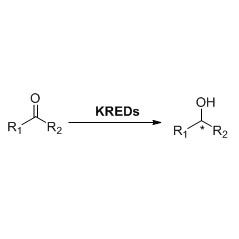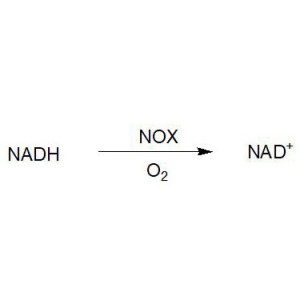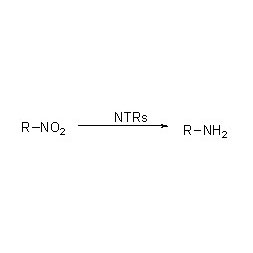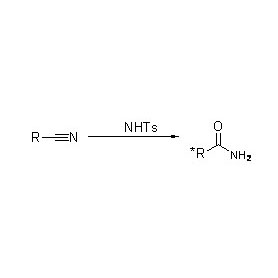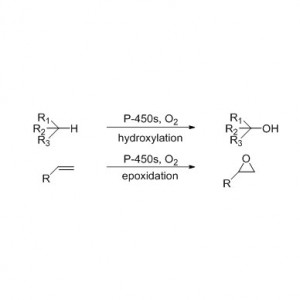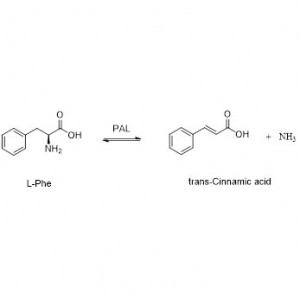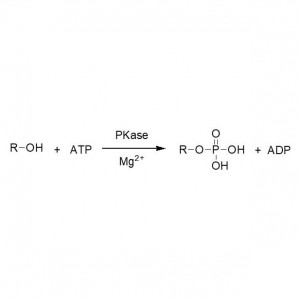Ketoreductase (KRED)
KRED from SyncoZymes: There are 191 kinds of KRED enzyme products (Number as ES-KRED-101~ES-KRED-291) developed by SyncoZymes. SZ-KRED could be widely used in regio- and stereoselective reduction of aldehydes, beta-ketone esters, α-ketone esters and ketones.
Catalytic reaction type:


| Enzymes | Product Code | Specification |
| Enzyme Powder | Enzyme Powder | a set of 187 Ketoreductases, 50 mg each 187 items * 50mg / item, or other quantity |
| Screening Kit (SynKit) | ES-KRED-18100 | a set of 181 Ketoreductases, 1 mg each 181 items * 1mg / item |
★ High substrate specificity.
★ Strong chiral selectivity.
★ High conversion efficiency.
★ Less by-products.
★ Mild reaction conditions.
★ Environmentally friendly.
➢ Enzyme screening should be carried out for specific substrates because of the substrate specificity, and get an enzyme that catalyzes the target substrate with best catalytic effect.
➢ Never contact with extreme conditions such as: high temperature, high/low pH and organic solvent with high concentration.
➢ Normally, the reaction system should include substrate, buffer solution, coenzymes( NAD(H) or NADP(H) ), coenzyme regeneration system(e.g. glucose and glucose dehydrogenase).
➢ KRED should be added last into reaction system, after the pH and temperature been adjusted to the reaction condition.
➢ All kinds of KRED have various optimum reaction conditions, so each of them should be further studied individually.
Example 1 (1):
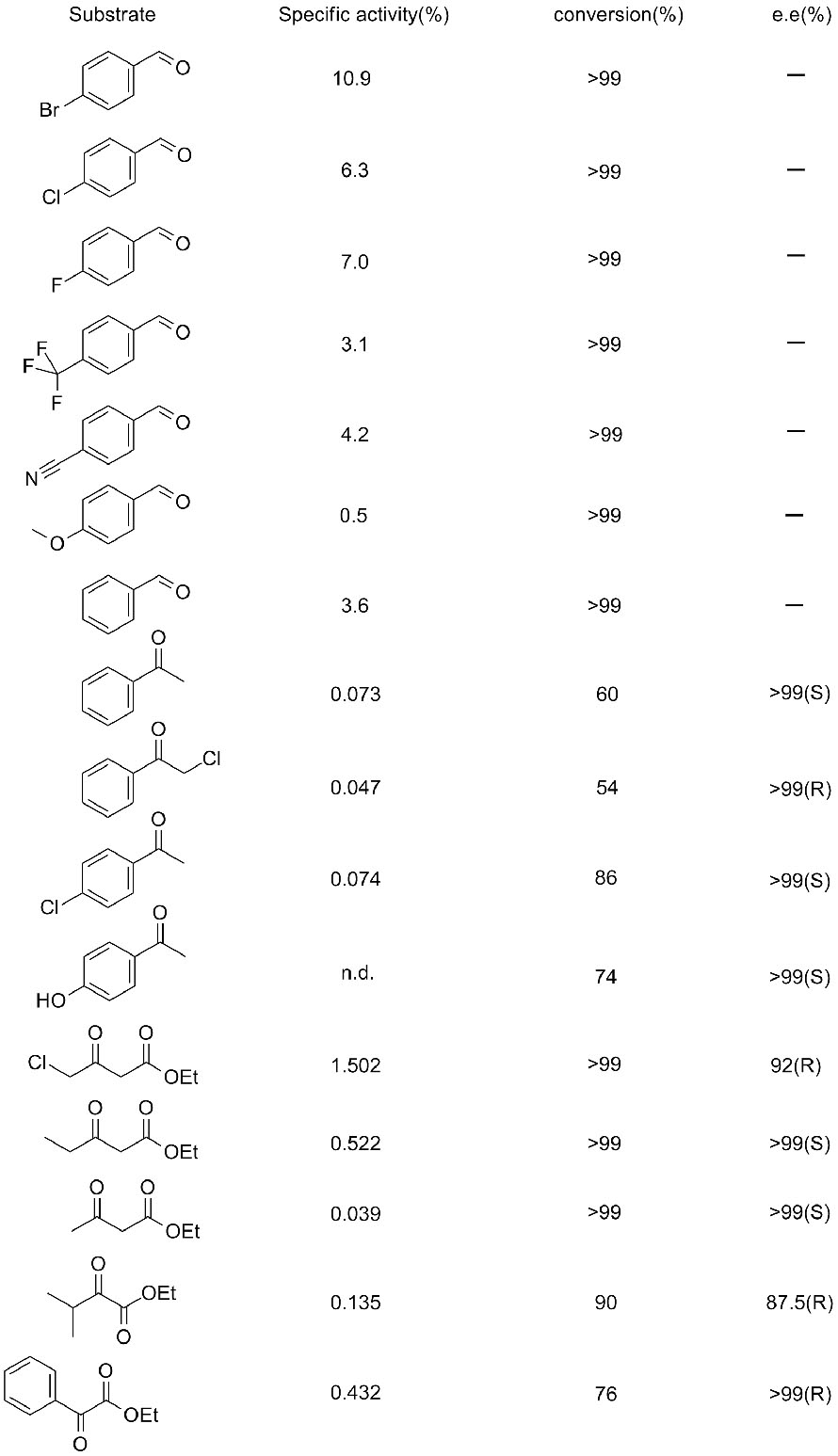
Example 2(2):
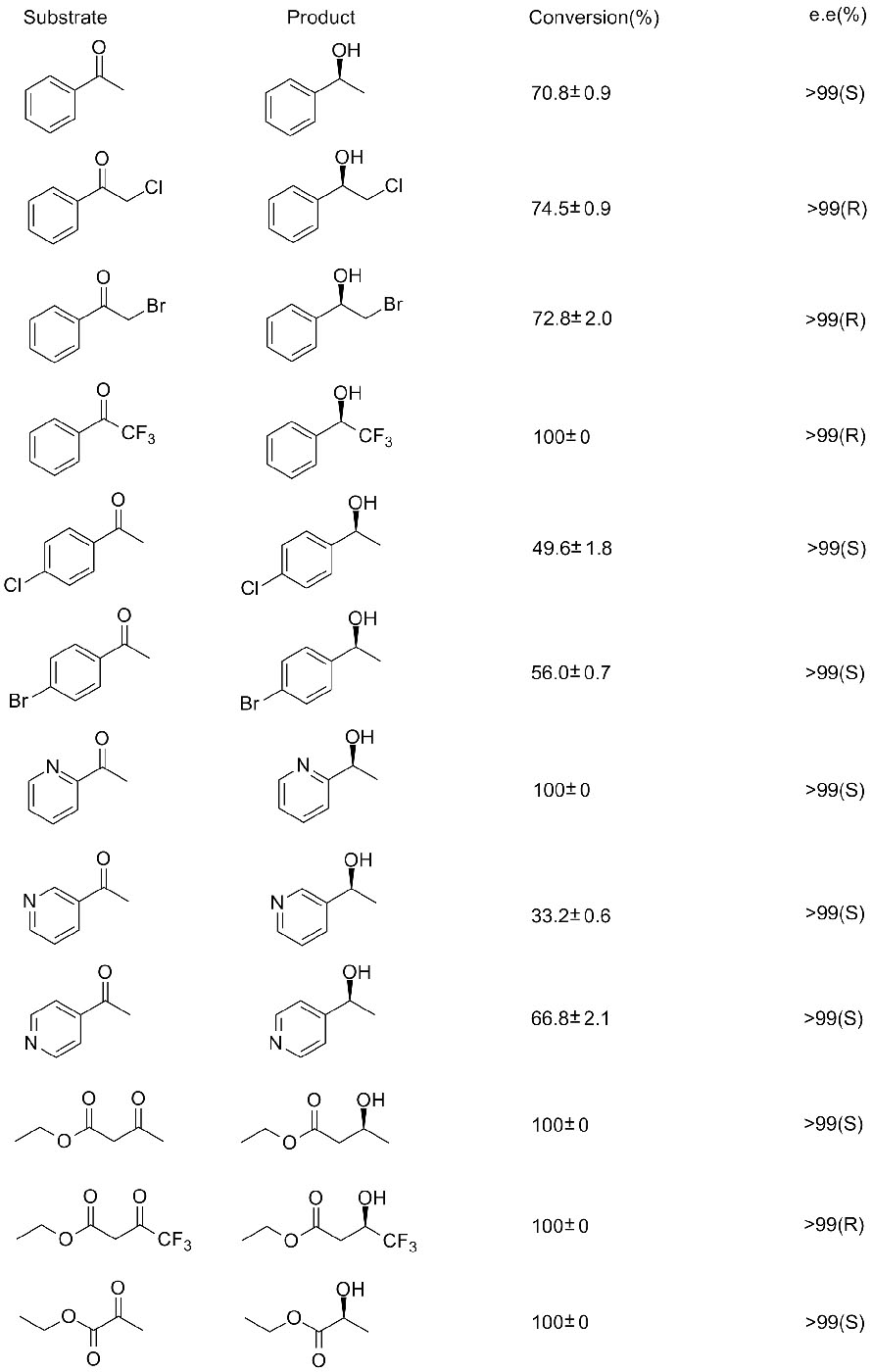
1. Li Z, Liu W D, Chen X, e tal. Tetrahedron, 2013, 69, 3561-3564.
2. Ni Y, Li C X, Ma H M, e tal. Appl Microbiol Biotechnol, 2011, 89: 1111-1118.


